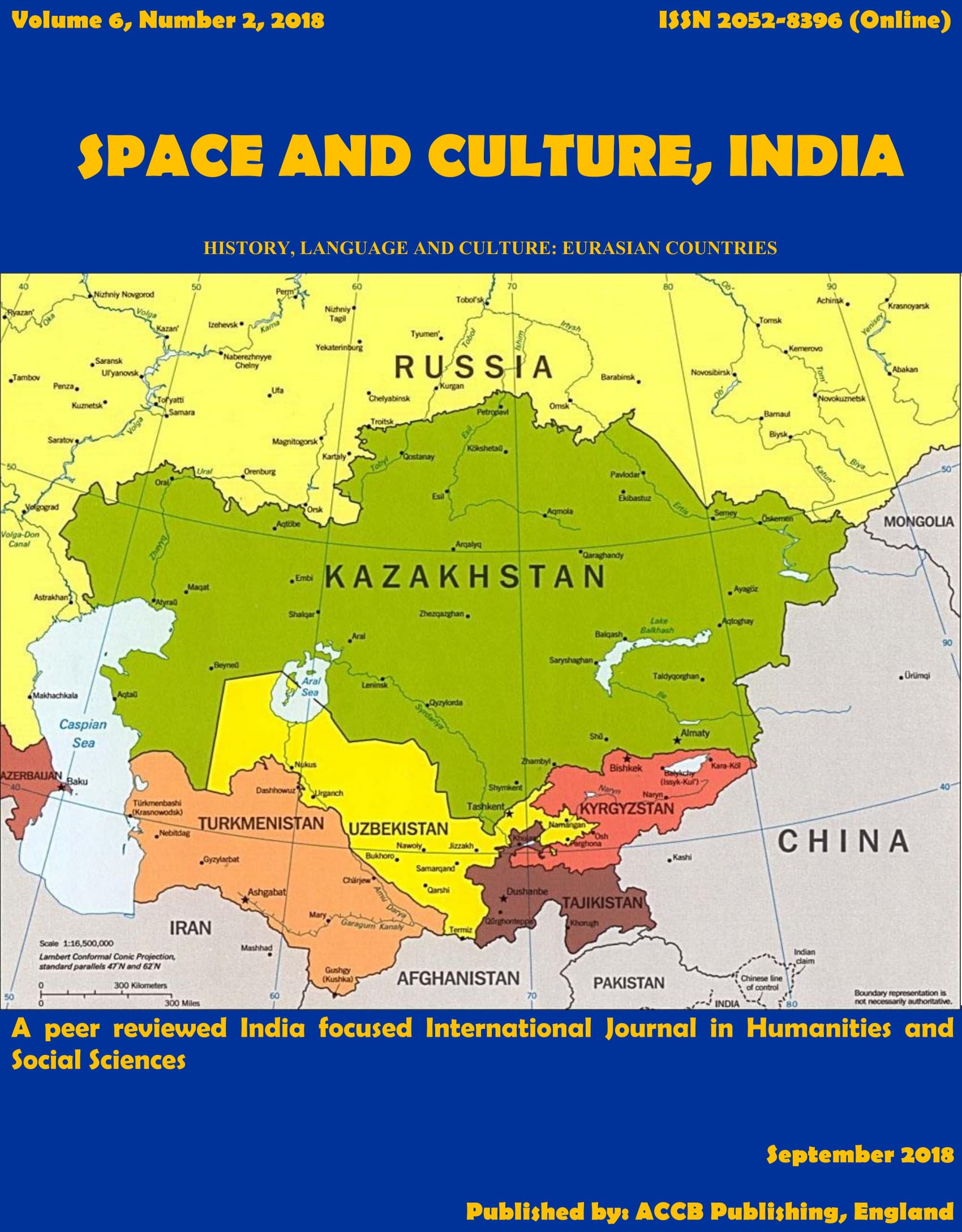Features of Formation and Development of Azerbaijani Ballet

Abstract
Azerbaijani Ballet does not have a long history of development and formation; however, during the analysed period, that is, in the 40-90s of the 20th century, it has become an essential element of the musical culture, both in Azerbaijan and around the world. An essential feature of this genre of artistic creation is a combination of factors and principles of musical construction and expression of Western-European music and, at the same time, folk music, dance, and mugham intonations. Ballets were devoted to historical events and people as well as modern social processes and their participants. Ballet pieces are being continuously improved. In Azerbaijan, the creation of operas, designed for performance, contributed to the growth of the musical culture of the younger generation, as well as general culture and maturation of people, respecting cultural values and actively using those values in their life benchmarks. Over time, some students who took an active part in the performance of operas have become recognised musicians and were awarded honorary titles such as the honoured artist, People's Artist of the Republic, and these are–Samir Jafarov, Teymur Amrakh, Zaur Amiraslanov, etc.
Keywords
Azerbaijani Ballet, Azerbaijani Composers, Features of Ballets, Combinations of Folk and Classical Elements
References
Badalbeyli, F., Abdullazadeh, G., Rajabov, O., & Firangiz, H. (2010). Children's Songs Written by Azerbaijani Composers. (Vol. 1). Baku, Azerbaijan: Mutarjim.
Bayramova, Z. (2009). The stage creations on children’s matters in Azerbaijanian composers works. Kültür Evreni, 2, 335-341.
Braylovskaya, M. A. (2006). Russian Ballet in the context of the tradition of arts synthesis: On the example of First post-October emigration wave. PhD thesis. Yaroslavl, Russia.
Chepurov, V. N. (1983). Music in School. Moscow, USSR: Prosvescheniye.
Croce, B. (1908). Estetica come scienza dell’espressione e linguistica generale. Retrieved May 30, 2018, from
Farajeva, L. (n.d). Opera theatre in Azerbaijan: Yesterday, today, tomorrow? Retrieved May 30, 2018, from http://www.musigi-dunya.az/magazine1/articles/musteatr/MusPage1.html
Freud, Z. (1995). Artist and fantasy. Moscow, Russia: Republic.
Gordon, S. (1984). Off Balance: The Real World of Ballet. New York, NY: McGraw-Hill.
Grant, G. (1967). Technical Manual and Dictionary of Classical Ballet. New York, NY: Dover Publications.
Greene, J. H. (2010). Dance Anatomy. Champaign, IL: Human Kinetics Publishers.
Gretchen, W. W. (1989). Classical Ballet Technique. Florida, FL: University Press of Florida.
Kagan, M. S. (1972). Morphology of art. Moscow, USSR: Art.
Kasumova, S., & Bagirov, N. (1984). Azerbaijani Soviet music literature. Baku, USSR: Maarif.
Lincoln, K., & Muriel, S. (2004). The Classic Ballet: Basic Technique and Terminology. New York, NY: Knopf.
Likhachev, D. S. (1985). Notes on the origins of art (pp. 15-20). Moscow, USSR: Context.
Lunacharskiy, A. V. (1981). About music and music theatre. Moscow, USSR: Music.
Losev, A. F. (1995). The problem of the symbol and realistic art (2nd ed.). Moscow, Russia: Art.
Messerer, A. M. (1990). Dance. Thought. Time (2nd ed.). Moscow, USSR: Art.
Mikheyeva, L. V. (1981). Music to Children (4th ed.). Leningrad, USSR: Music.
Sariyeva, I. (2015, 14 April). The history of development of Ballet art in Azerbaijan. Retrieved May 5, 2018, from http://www.baki-xeber.com/layihe/18931.html
Schelling, F. V. (1966). Philosophy of art. Moscow, USSR: Thought.
Teng, I. (1996). Philosophy of art. Moscow, Russia: Republic.
Vygotsky, L. S. (1986). Psychology of art. Moscow, USSR: Art.
Vaganova, A. (1934). The basics of classical dance. Leningrad, USSR: OGIZ-GICHL.
Zulfugarov, O., & Khalilov, V. (1976). Music (5th grade textbook). Baku, Azerbaijan: Maarif.